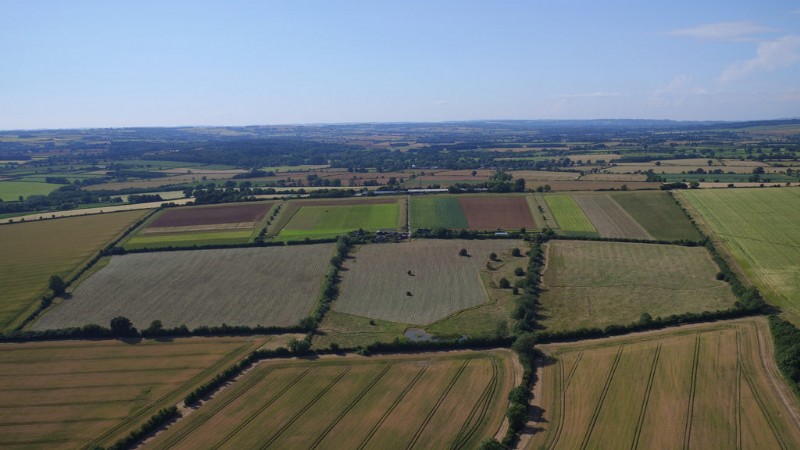
When we carried out our weekly inspection of the seven hives at Honeydale Farm we made some exciting discoveries.
Hive two is doing well. Although the bees have not really started to fill their first super, the queen is laying eggs and bee numbers look good.
Hive 1 (pictured below) is doing so well that we’ve added yet another super, bringing the total to four now, so the hive is looking very tall. The picture to the right shows the 4 internal 'supers', while the picture below shows the hive fully constructed with it's outer 'lifts'.We found the queen again (we found her last time but didn’t want to disturb her) and have clipped her wing and marked her with a white spot. This means that both hives now have marked queens which are healthy and laying well. Hopefully the warm weather this week should allow the bees to get busy again and fill some more supers.
We will be taking our very first harvest of honey next week and we can’t wait for our first taste of Honeydale Farm Honey.


Thrillingly, the swarm box now has a queen! We opened it up today and Chris' hunch about their calm behaviour has proven to be spot on, even though it’s taken quite a long time for us to confirm (no pictures yet, sorry!). We didn’t actually see the queen but there are freshly laid eggs in the honeycomb which means a queen is definitely present. We added another empty brood frame to give the bees more space to build honeycomb. If all goes well we should be able to make another colony from this swarm box in due course.
Chris' newly installed hives are also looking good and all have settled in nicely. It’s interesting to see the difference between his 5 hives though, even in the space of a week. Three of the them are developing slowly, with plenty of space left in their brood box for the bees to fill. The other two hives are far more advanced and already need supers adding to them. This just goes to show how variable the colonies can be.
|

|
|
Chris carries out the first inspection on his 5 'National' hives
|
|

|
|
All the black pollen in this frame shows the bees have been foraging on poppy pollen
|




